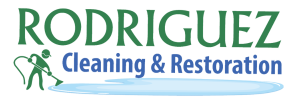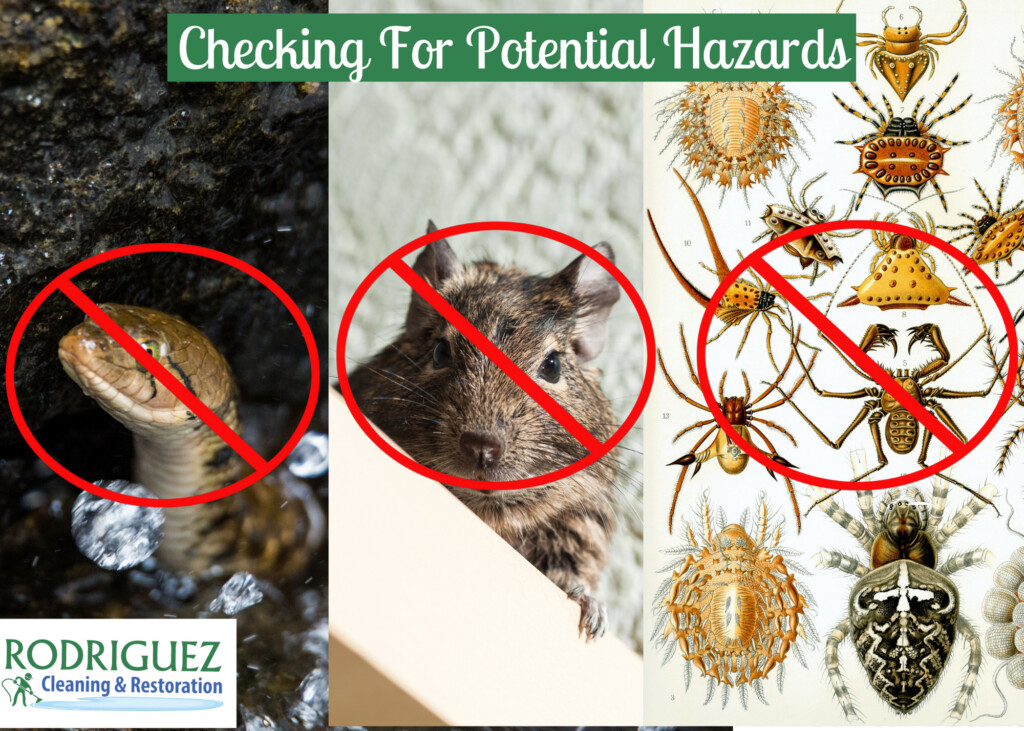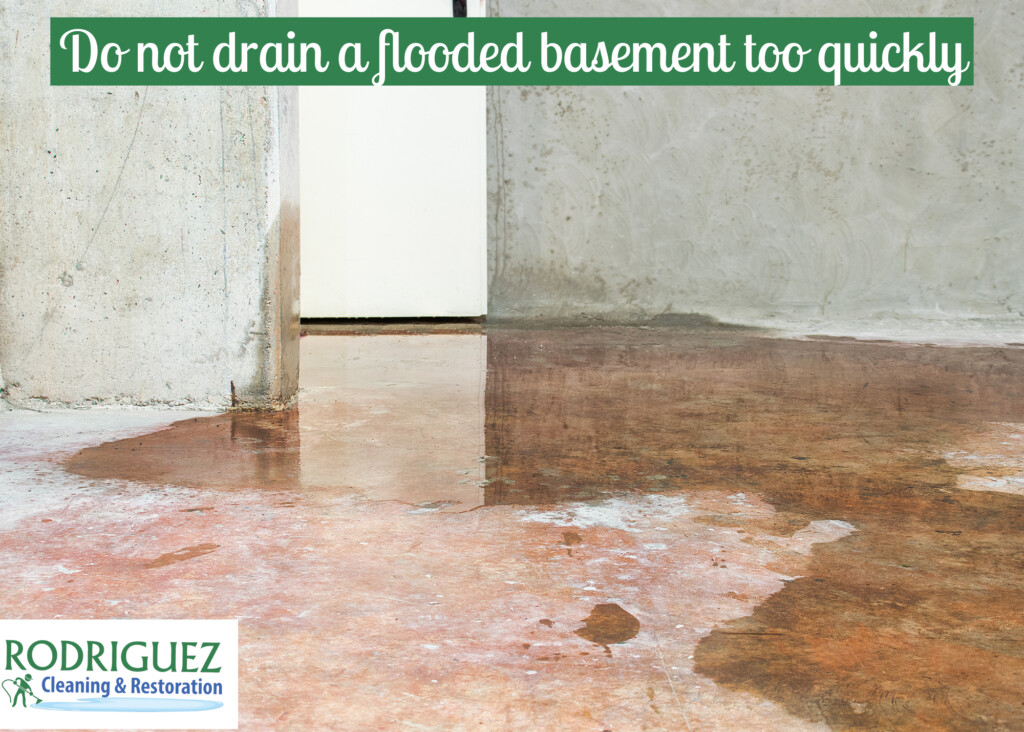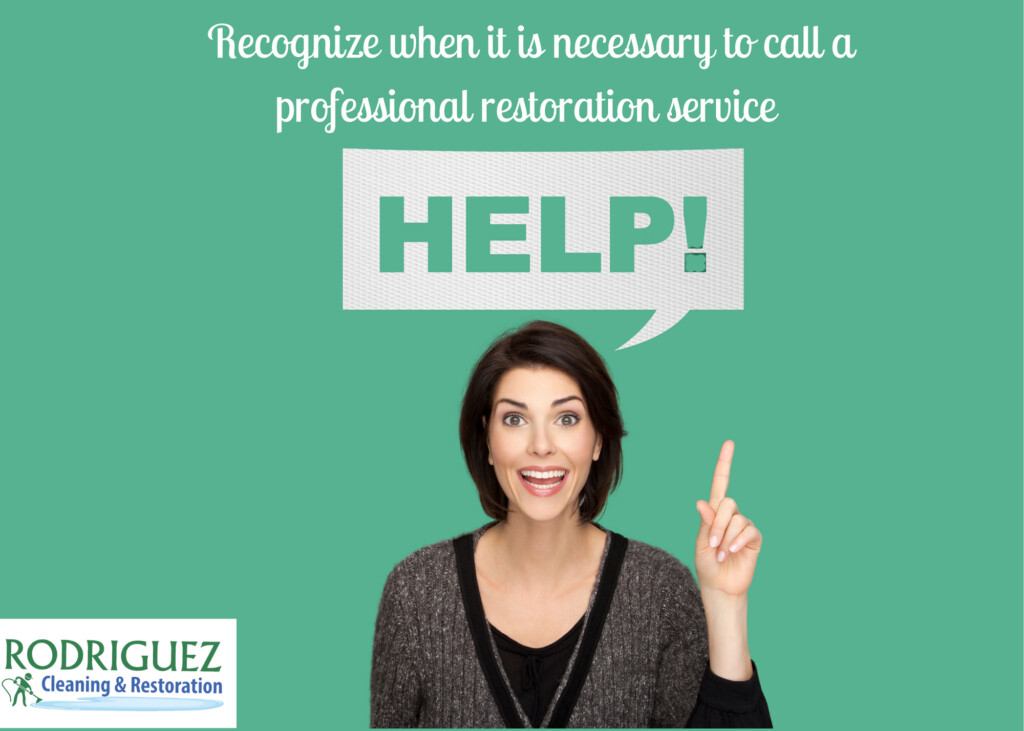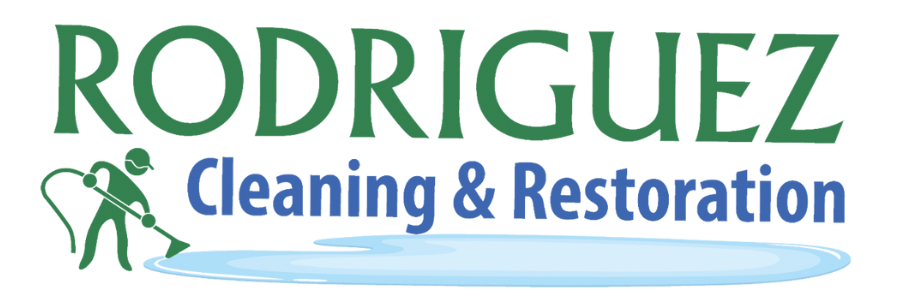Water Damage Restoration Flood Cleanup DIY
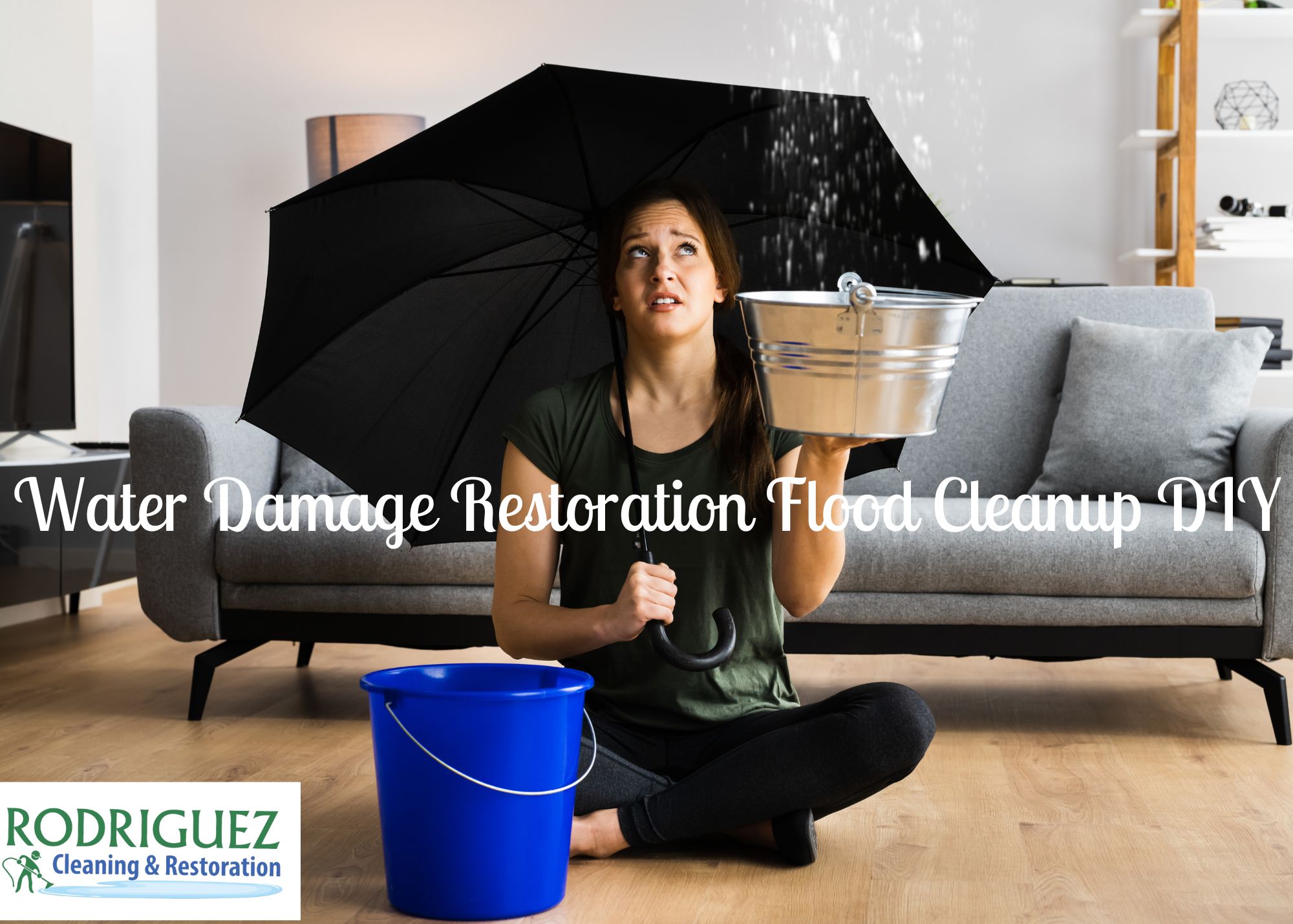
As a professional advisor, it is always recommended to hire a certified water damage restoration professional to ensure that the work is done correctly and efficiently. The IICRC is an accredited Standards Developing Organization (SDO) by the American National Standards Institute (ANSI). Always recommend hiring a professional to perform this kind of work. However, if you are a homeowner or building owner looking to clean up water damage yourself, there are some tips and tricks that can help.
Before you start, prioritize safety. Stay away from the affected area until it is deemed safe to return by government officials. If possible, call your insurance company and a water damage restoration contractor before you begin assessing the damage.
Water can cause significant destruction to your property. Porous materials like wallboard and drywall can act like a sponge and become fragile in a flood. Plaster can take a long time to dry and may need to be replaced if severely cracked or warped. Foam sheets of insulation only need to be hosed off and dried, while muddy fiberglass batts should be discarded. Particle boards and laminated wood materials may separate and weaken after getting wet and usually need to be replaced.
Solid wood items can usually be saved when dried out completely, but carpets and laminated floor coverings will have to be thrown out, especially any with soaked foam rubber backing. Appliances can short out during floods and leak harmful and explosive gases into the air. They will need to be cleaned and checked by a professional before use.
Key Facts to Know About Flood and Water Damage Restoration Cleanup:
The following are important steps to take after experiencing a flood. The same information applies to both sections detailing what to do before beginning the cleaning process and the steps to take during the cleaning process.
Before Beginning the Cleaning Process:
- Ensure that it is safe for you and your family to be on the property. This involves checking for potential hazards such as rodents, snakes, insects, and damaged power and gas lines. Look out for structural damage, including broken pilings, shifted stairs, slanted floors, and walls.
- Turn off water and power unless this involves standing in water. Avoid entering your home or business if there is major structural damage and avoid walking on sagging floors or floors above sagging ceilings.
- Do not use electrical appliances or turn on ceiling fans and lights if the ceilings are wet.
- Before starting the cleaning process, ensure that running water is safe to drink and use for cleaning. Flush your toilet to check for clogs from mud and debris.
- Check cabinets and other items that may be ready to fall over, and temporarily patch holes in walls and the roof with plastic wrap.
- Remove debris, extract water trapped in walls, and open all doors and windows to improve ventilation. Use a wet vac, shop vac, fans, dehumidifiers, and desiccants to start drying out the property.
Things You Should Avoid During the Cleaning Process:
- Do not drain a flooded basement too quickly, as rapid changes in pressure could cause the foundation to collapse.
- Avoid doing structural or electrical work yourself, and do not connect generators to the home’s power system.
- Do not use household vacuums to remove water and mud, and avoid allowing garbage to pile up, as it could exacerbate contamination and attract pests.
- Do not leave pools of standing water, as they could become breeding grounds for mosquitoes.
- Wear protective clothing, boots, and rubber gloves, and wash your hands frequently with soap and water.
- Remove and discard wall coverings that may harbor mold, as well as drywall, finished ceilings, and most insulation that has come into contact with flood water.
- Discard permeable materials such as padded furniture and foam rubber, as well as all exposed food, beverages, and medicine, including canned goods.
- Disinfect dishes and other items with soap and hot water, and clean hard surfaces with hot water and soap or detergent.
- Wipe down wooden items and, if possible, take them elsewhere to dry. Preserve books, documents, and photographs by placing them in re-sealable bags and freezing them to be cleaned later.
- Place aluminum foil or wood blocks between wet floors and the legs of furniture that cannot be moved.
- Make a list of the damage and take photos or videos.
- Keep a piece of damaged floor and wall coverings to show your insurance assessor.
While it is possible to do much of the cleaning yourself, it is essential to recognize when it is necessary to call a professional restoration service. The costs in time, supplies, and machinery rental escalate quickly, and professional contractors may need to do the work to be eligible for home and flood insurance reimbursements or to acquire building permits. If you would like expert help with your flood cleanup or simply want a second pair of eyes for safety, you can call Rodriguez Cleaning and Restoration Services in Louisville, KY for all your Water Damage Restoration and Cleanup needs!
